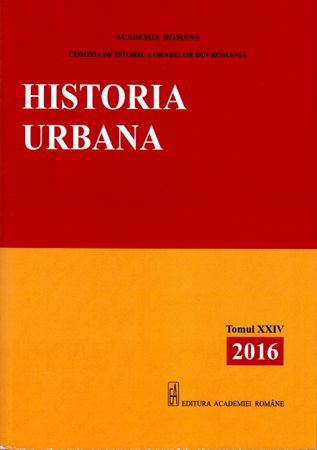The Town of Zalatna (Zlatna) and its Mining of Precious Metals and Mercury (1571−1613)
The Town of Zalatna (Zlatna) and its Mining of Precious Metals and Mercury (1571−1613)
Author(s): Petra Mátyás-RauschSubject(s): Economy, Local History / Microhistory, 16th Century, 17th Century
Published by: Editura Academiei Române
Keywords: Zalatna; Zlatna; local entrepreneurs; northern Italian families; mining chamber; mercury mining; gold mining; Transylvanian Principality;
Summary/Abstract: In early modern times the most valuable sources of metal ore in the Transylvanian mining are as was to be found in the Metaliferi (Ore) Mountains. The three mining towns of the Metaliferi Mountains, Abrudbánya, Offenbánya and Zalatna (today Abrud, Baia de Arieş and Zlatna, in Alba county, Romania) played a significant role in this period, if only because the conditions for mining in the area were particularly favourable (forest, water). At present we know of three descriptions which concern the mines of Zalatna: Pierre Lescalopier’s travel journal from 1574, Antonio Possevino’s report from 1584 and the mining study by Felician von Herberstein Sr. from 1585. Its value as a mining settlement was confirmed by its attractiveness as a destination for a number of west European mining entrepreneurs. Foreign entrepreneurs had a real influence on local mining, especially Italian families (Grison-Matalea, Genga), which acquired their mines in this region in the second half of the 16th century. Their hegemony was broken in the early 17th century by families from north-west Europe (Lisbona).
Journal: Historia Urbana
- Issue Year: XXIV/2016
- Issue No: 24
- Page Range: 203-218
- Page Count: 16
- Language: English
- Content File-PDF

